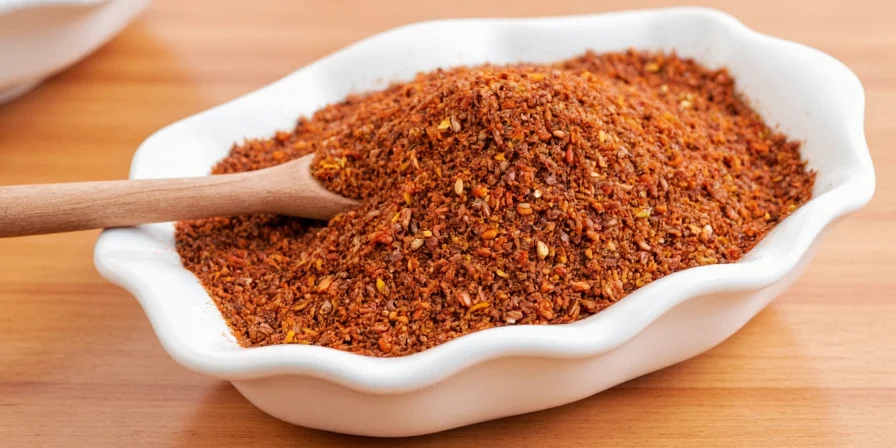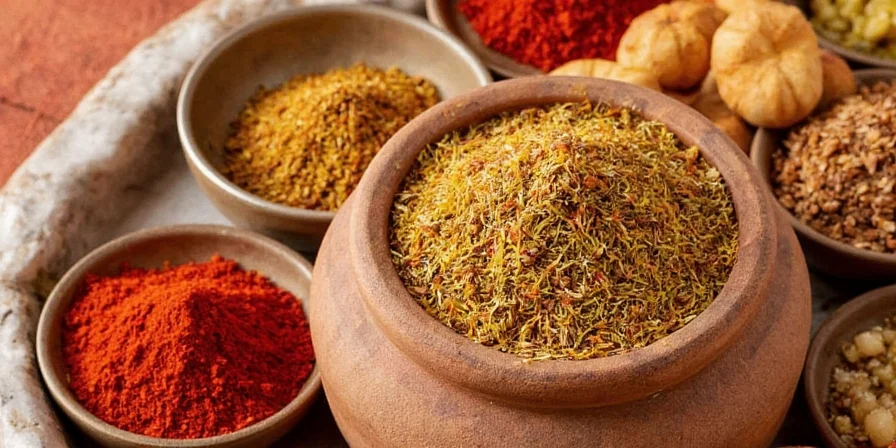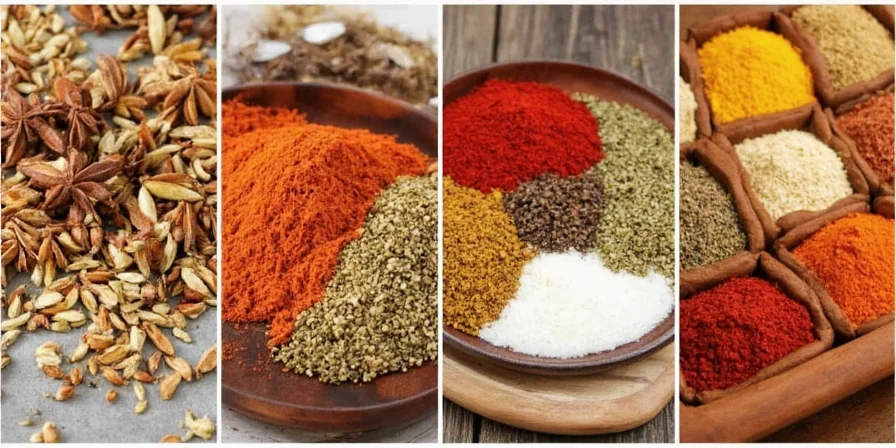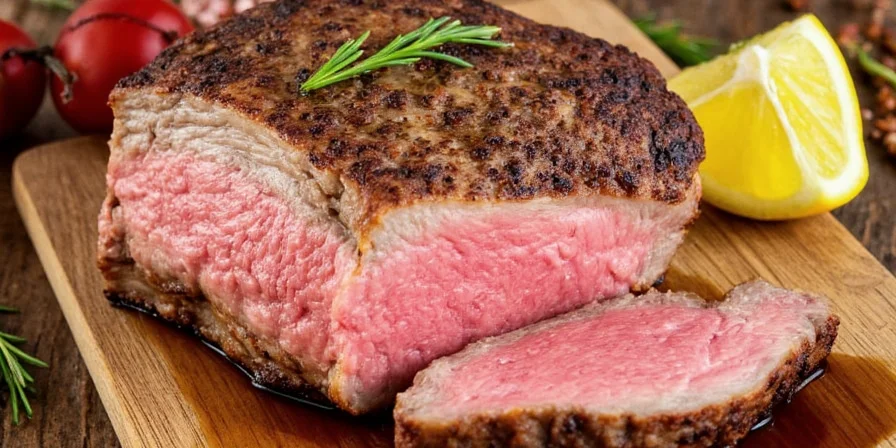5 Must-Know Indian Seasoning Secrets That Will Spice Up Your Life!
Are you tired of bland meals and looking for a flavor explosion in your kitchen? Look no further than the vibrant world of Indian seasoning. From the smoky aromas of garam masala to the fiery punch of red chili powder, Indian spices are like a culinary passport to one of the most flavorful cuisines on the planet.
Why Indian Seasoning is a Game-Changer
Let’s face it—cooking can sometimes feel repetitive. But with Indian seasonings in your pantry, you’re not just adding taste; you're unlocking a centuries-old tradition of spice blending that's both art and science. Whether you're a pro chef or a weekend warrior in the kitchen, these spices will turn your dishes from drab to dazzling.

Top 5 Indian Seasoning Tips You Can’t Ignore
- Grind It Fresh: Store-bought spice blends are convenient, but nothing beats freshly ground spices. Try grinding cumin, coriander, and cardamom at home for an instant flavor boost.
- Toast Before Use: Toasting whole spices before grinding enhances their aroma. A quick 30-second dry roast in a pan makes all the difference.
- Tailor to the Dish: Not all curries need the same heat level. Adjust the amount of chili powder based on what you're cooking—tomato-based vs. coconut milk dishes have different spice tolerances.
- Bloom in Oil: Don’t just throw spices into the pot. Blooming them in oil (called tadka) brings out their essential oils and intensifies flavor.
- Balance Is Key: Indian food is about harmony. Balance earthy, sweet, hot, and aromatic notes carefully—especially in complex masalas like garam masala.
A Closer Look: The Stars of Indian Seasoning
Indian cuisine uses a wide variety of spices, often combined in regional ways. Here's a breakdown of some of the most iconic ones and how they're used:
| Spice | Flavor Profile | Common Uses | Best Paired With |
|---|---|---|---|
| Cumin (Jeera) | Earthy, nutty, slightly bitter | Rice dishes, curries, roasted veggies | Coriander, turmeric |
| Coriander Powder | Sweet, citrusy, warm | Mixed with cumin in most dishes | Cumin, chili, garlic |
| Garam Masala | Warm, sweet, spicy | Added at end of cooking for depth | Lamb, chicken, lentils |
| Turmeric | Earthy, peppery, slightly bitter | Curries, rice, pickles | Black pepper, mustard seeds |
| Red Chili Powder | Hot, sharp, slightly smoky | Kormas, vindaloos, marinades | Tamarind, ginger, garlic |

The Science Behind the Sizzle: Why Spices Work So Well Together
You might think spice mixing is all magic, but there’s real science behind why Indian seasoning blends work so well. According to a study published in the journal Scientific Reports, unlike Western cuisine which pairs ingredients that share flavor compounds, Indian cuisine tends to avoid such overlaps—making each dish uniquely complex and satisfying.
In other words, when you mix cumin, turmeric, and coriander together, they don't just “blend” in a typical way—they contrast beautifully, creating layers of flavor that dance on your tongue. This anti-congruent flavor pairing is one reason Indian food feels both bold and balanced.

Regional Twists: How Different Parts of India Do It
India is a land of incredible diversity, and this extends to its spice traditions. Here’s how some regions put their own spin on Indian seasoning:
- North India: Rich, creamy dishes with heavy use of garam masala, dried fenugreek leaves (kasuri methi), and black cardamom.
- South India: More reliance on curry leaves, mustard seeds, and urad dal. Chilies and tamarind add heat and tanginess.
- East India (Bengal): Emphasis on panch phoron (a five-spice blend), mustard oil, and subtle layering of spices.
- West India (Maharashtra/Gujarat): Balances sweet and spicy flavors. Common spices include peanuts, poppy seeds, and kokum (a sour fruit).

Pro Tip: Storage & Handling for Maximum Flavor
No matter how good your spice game is, poor storage can ruin everything. Here are a few tricks to keep your Indian seasoning fresh and fragrant:
- Store whole spices in airtight containers away from light and heat.
- Ground spices lose potency faster—use within 6 months for best flavor.
- Don’t store spices near the stove—heat degrades them over time.
- Label your jars! You don’t want to mistake fenugreek for fennel at 7 PM after a long day.

Wrap It Up: Ready to Spice Up Your Kitchen?
If you’ve made it this far, chances are you’re ready to dive headfirst into the world of Indian seasoning. And honestly, we don’t blame you—it’s a rich, aromatic, deeply satisfying journey.
Whether you're making a quick curry or experimenting with traditional spice blends, remember: the secret isn’t just in the spices themselves, but in how you use them. So go ahead—roast, grind, bloom, and season your way to flavor town.
And who knows? Maybe your next dinner party will be remembered not just for great company, but for the unforgettable scent of cardamom drifting through the air.










 浙公网安备
33010002000092号
浙公网安备
33010002000092号 浙B2-20120091-4
浙B2-20120091-4